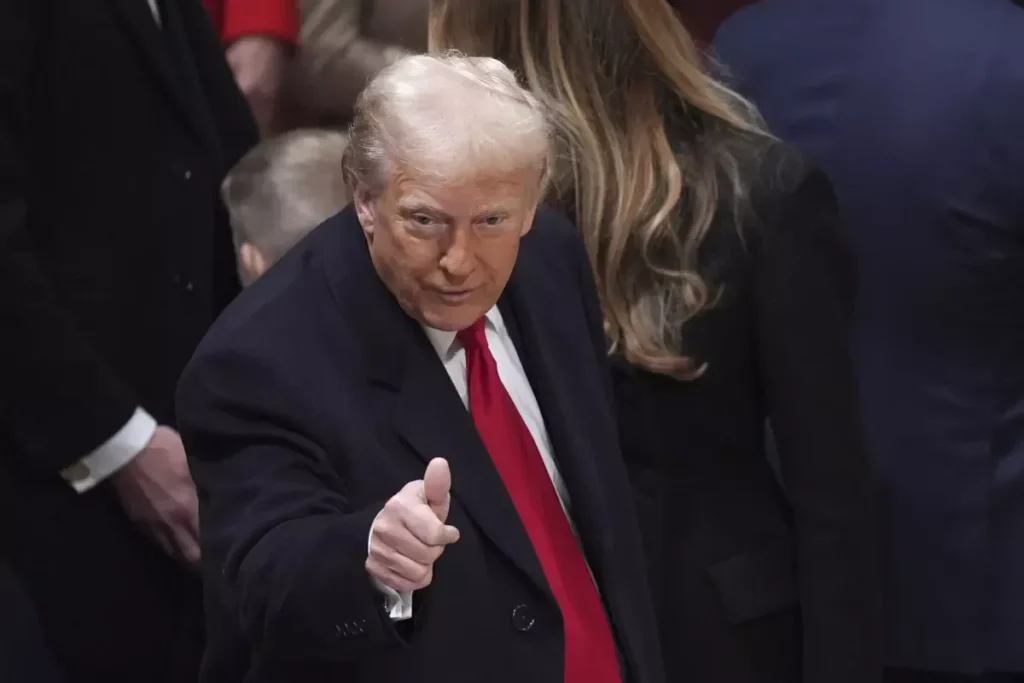Washington, D.C. – January 29, 2025
In a move that has ignited widespread debate, President Donald Trump has initiated sweeping changes at the Federal Aviation Administration (FAA), targeting what he describes as “inefficient and misguided” practices within the agency. These changes include the termination of diversity, equity, and inclusion (DEI) programs and a review of personnel in critical safety roles, actions that have raised alarms about potential impacts on aviation safety.
On January 21, 2025, President Trump signed an executive order titled “Keeping Americans Safe in Aviation,” which mandates the FAA to return to strictly merit-based hiring practices. This order was part of a broader push to dismantle what the administration considers to be counterproductive policies of the previous administration. “Every day, the FAA oversees the safety of millions. We must ensure that these roles are filled by the most competent individuals, free from any form of discrimination,” Trump stated in the order.
However, this overhaul has coincided with reports of significant personnel changes within the agency. While no direct evidence confirms the firing of “over 100 aviator safety personnel” as some social media posts have claimed, there has been a clear shift in leadership. The head of the Transportation Security Administration (TSA) and the Coast Guard’s Commandant were among those dismissed, signaling a broader administrative shake-up.

Critics argue that these actions come at a time when the FAA is already grappling with staffing shortages and the complex task of integrating new technologies and managing increased air traffic. “The sudden dismissal of key officials and the push towards these policy changes could disrupt the continuity and expertise needed for maintaining high safety standards,” says Erin Applebaum, an aviation lawyer commenting on the situation.
The discourse on social media has been heated, with some users directly linking these personnel changes to safety incidents. Claims of a direct connection between Trump’s policy shifts and accidents, however, remain speculative. One X post highlighted an incident involving a Blackhawk helicopter, but no official reports have directly tied this event to FAA personnel changes.
Aviation safety experts caution against jumping to conclusions without thorough investigation. “Safety in aviation is a cumulative effort of regulations, technology, human expertise, and continuous improvement. Any sudden changes in leadership or policy need to be carefully managed to avoid compromising safety,” notes John Cox, a former U.S. airline captain and industry consultant.
As the FAA navigates these changes, the debate continues on how best to balance efficiency, safety, and diversity within this critical agency. The administration insists that the focus on merit will ultimately strengthen safety measures, but the aviation community remains divided on the potential implications of these policies.
About the FAA: The Federal Aviation Administration is responsible for the safety of civil aviation, overseeing more than 45,000 flights and 2.9 million airline passengers daily. It regulates all aspects of American civil aviation, including the certification and oversight of aircraft manufacturers, airlines, and air traffic control operations.
Note: This article reflects the current state of discussion and available information as of January 29, 2025. Further developments could alter the narrative surrounding these policy changes and their impact on aviation safety.









